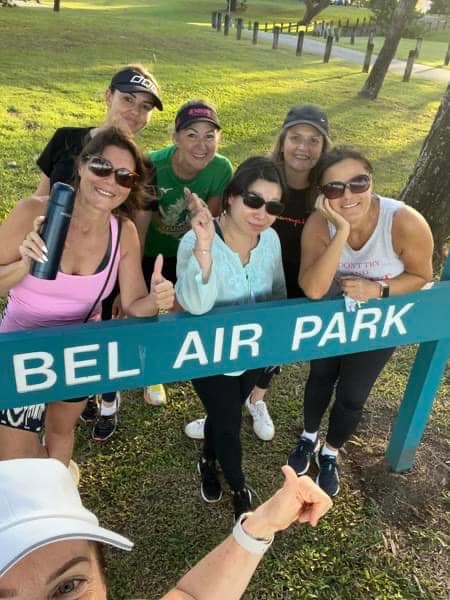
What is proprioception?
Enhancing Body Awareness and Injury Prevention through Proprioception Training Proprioception, often referred to as body awareness, plays a crucial role in our ability to sense

The intercostal muscles lie between your ribs and support your respiration. If they are overloaded or carry active trigger points, they can trigger chest pain.
Trigger points are very small nodules in the muscles.
However, you can take action yourself. With a self-massage it’s possible to deactivate them.
Even if you have never heard of it, just keep on reading and learn more about it.
I’ll explain, on one hand, how to massage yourself, on the other, …
1/ Pain Patterns
Tensions in the intercostal muscles result in local pain and sensitivity to pressure.
Trigger points also cause local chest pain, which can radiate forward.
The further back a trigger point is located, the higher the probability that it will radiate forward.
2/ Attachment Points
The intercostal muscles are subdivided into internal and external muscles.
The layer of the externi is situated above the layer of the interni, their fibers run crosswise.
The muscles are located between two ribs, thus covering the space between them.
3/ Functions
These muscles function as respiratory muscles and as rotators of the thoracic spine.
Breathing: Contraction of the intercostal muscles causes the thorax to expand upwards and sideways. Thus, they help with inhalation by creating a negative pressure (influx of air into the body).
At rest, only the muscles in the area of the first two ribs are active, which changes as breathing becomes stronger. Deeper breathing causes gradually activation of the muscles of the lower intercostal spaces.
Rotation of the thoracic spine: The intercostal muscles are also involved in the rotation of the thoracic spine – i.e. when you twist your torso.
For such a rotation, the intercostal externi on one side of the chest and the intercostal interni on the other get active simultaneously.
4/ Intercostal Muscles – Trigger Point Activation
Trigger points in the intercostal muscles can be caused by different factors.
Examples:
5/ Palpation
You can easily feel these muscles by pressing your thumb into the area between your ribs.
This is where your intercostal muscles are situated. You perceive them as soft tissue.
6/ Self-massage
For the massage, I recommend using your thumb or your fingers.
As a massage technique, choose from the ischemic compression, precise massage strokes or the pressure-motion technique.
Trigger points are usually located in the middle third between two ribs. It’s very rare to find them further in front or behind.
Right at the front, trigger points are located exclusively in the area directly next to the sternum. The anterior areas of the intercostal muscles and ribs that do not attach to the sternum are usually free of such points.
Source: https://www.muscle-joint-pain.com/trigger-points/trigger-point-self-treatment/intercostal-muscles/

Enhancing Body Awareness and Injury Prevention through Proprioception Training Proprioception, often referred to as body awareness, plays a crucial role in our ability to sense

Hi, I am Andi and I am holistic rehabilitation and movement coach/trainer. I help clients to achieve a healthy, fit body and pain-free lifestyle. Rehabilitation

The vagus nerve is one of 12 cranial nerves in the body. It’s responsible for various bodily functions, including digestion, heart rate, and breathing. Some

The menopause transition is a slippery slope for muscle loss. Here are some key reasons to lift weights to make and maintain as much muscle

Walking with weights can involve either wearable weights or hand weights such as dumbbells. Learn about the different types of weights you can add to

Dear clients ask almost every day how they “need” to sleep. Is there any golden rule for this too!? But there isn’t. Everyone has to